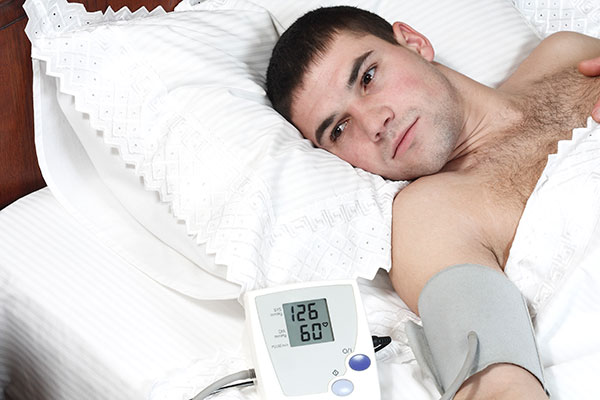 Objective
Objective
Lou Banas, Photo-medicine Therapist, has been doing pioneering work with brain injury and Neurodegenerative disease for 5 years. He was introduced to Terry Jo Brooks - Devlin Psychiatric Nurse Practioner, whose 17-year-old daughter developed Dystonia, approximately six months after experiencing sudden cardiac arrest. It was decided that “Light” therapy would be administered as a last resort as all other interventions including medication, Botox injections, and physical therapy treatments were of minimal help for the pain and limited movement she suffers.
Method
Patient was illuminated in the prefrontal cortex in four areas and Circle of Willis (one area) for duration of two and one-half minutes every 48 hours for 5-6 treatments. We utilized the Theralase multi-probe (905 nm. /660 nm.)at 60 miliwatts.
Conclusion
Patient showed significant improvement starting with second treatment. Precluding symptoms included: neuropathic pain, muscle spasticity, brain “fog”, and anxiety. Post treatment improvements were: no pain, increased movement and almost no spasticity, no brain fog, minimal anxiety. The subject ceased taking enzodiazepines, started driving, and doing more physical and mental activities. The need to avoid simulating events like shopping at the mall or rock concert was no longer an issue. Clinical studies should be initiated. This modality could play a key role in reducing the significant health care costs projected for treating neurodegenerative disease.
Peer-Reviewed Scholarly Articles
Photomedicine: The Breakthrough Modality for Brain Trauma: Dystonia: a case study.
